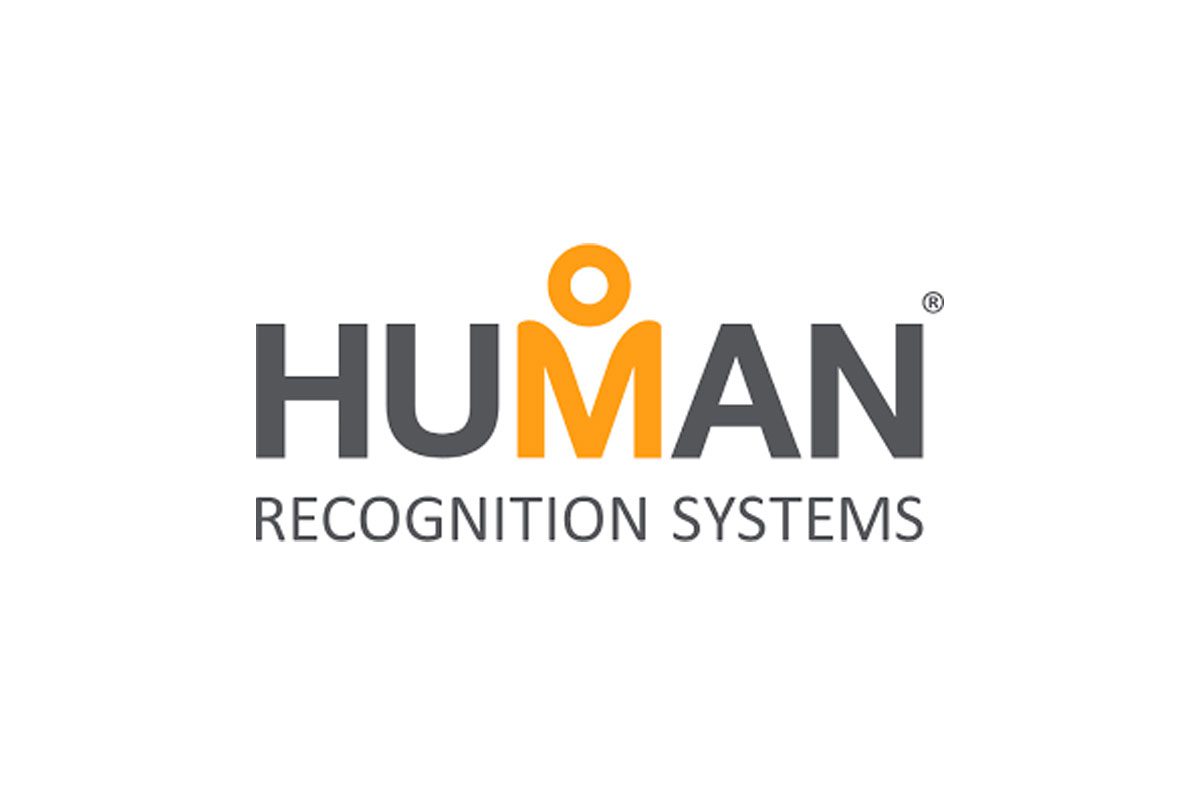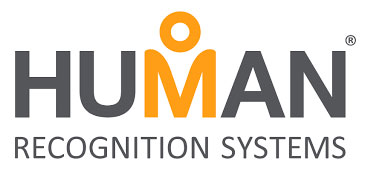Human Recognition Systems
Human Recognition Systems (HRS) are a Liverpool based industry leader in the field of biometric security. HRS have developed a series of industrial software and hardware systems, enabled through biometric technology, which helps construction companies, airports, oil & gas facilities and other “Critical Safe Secure” environments operate effectively. The technology they use ensures the users of equipment and machinery are the correct personnel and automates identity dependent business processes to deliver efficiency, safety and security in some of the world’s most demanding workplaces.

Approaching LCR 4.0
HRS are in the process of expanding their highly successful MSite® service. Msite® is the leading product in workforce management for construction sites. HRS enlisted the support of the Virtual Engineering Centre’s expertise in cyber-physical systems integration to refine the hardware design of their physical product to provide a robust, reliable and scalable platform for future expansion.
Partner Support
The Virtual Engineering Centre (VEC) examined the system design and identified the possible ways to improve the stability of the system including making recommendations and highlighting alternative methods. A specific focus of the VEC for this support was to look into which components Human Recognition Systems currently used and which alternatives could be recommended in order to reduce costs but retain or even improve effectiveness and efficiencies.
Results
The VEC assisted HRS in examining the feasibility of replacing a hardware component with a software module.
The results show it is possible to broadcast Wiegand protocol signals via the GPIO of a Raspberry Pi, even under demonstrably high CPU loading. It is therefore feasible that the Axxess Protocol Converter board could be removed from the MSite Touch™ device and the functionality provided by the Raspberry Pi instead.
The advice provided could help mitigate some of the in-service failures as well as potentially save HRS around 14% of the current hardware costs, which could be realised directly due to this assist.
The VEC also identified a number of recommended improvements that could be made across HRS, specifically their security processes to ensure products can fight security breaches more effectively than before and better forecast and prepare for these.
Working into the Future
Working closely with the VEC and seeing firsthand how the software was tested and further assessed, Human Recognition Systems can now use this improved and updated process in other elements of their business and move into the future with this knowledge. This can help to improve the efficiency of decisions being made, saving Human Recognition Systems time and money.
Human Recognition Systems want to create different versions of their hardware to identify the different purposes it serves whilst also hoping to one day develop their own circuit boards in order to manufacture more of their product, shortening their dependency on external sources and having better control of their products internally.
Human Recognition Systems, 20% reduction in component costs, expectation of a project saving of £130K:
Human Recognition Systems entered into a project with a goal to develop a solution which would remove a key component from our MSite Touch device, reducing costs by approximately 20%. Against our projected forecasts for the next 24 months, this will bring savings of £130,000 in direct costs and reduce the complexity/footprint of the product. Human Recognition Systems were extremely impressed with how the project was managed and the professionalism of all those involved.



